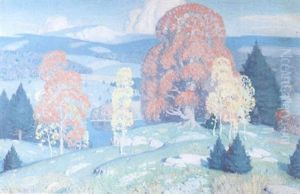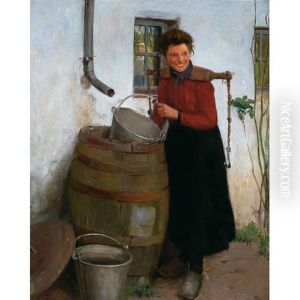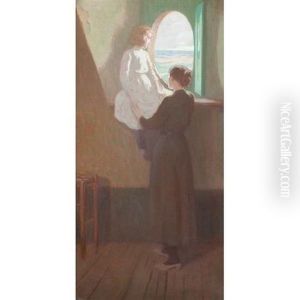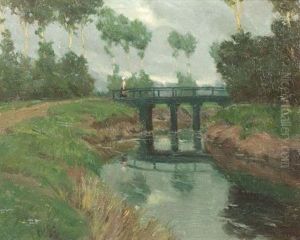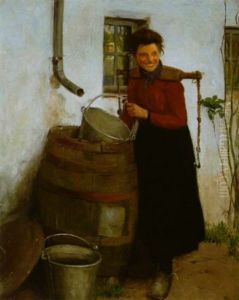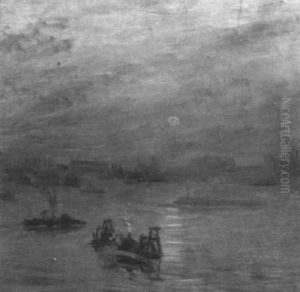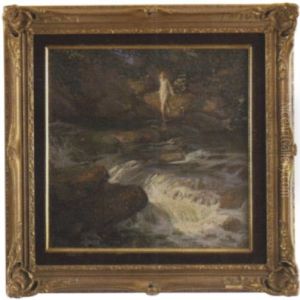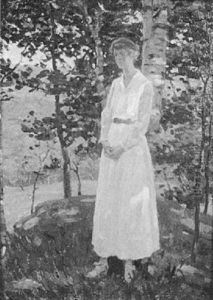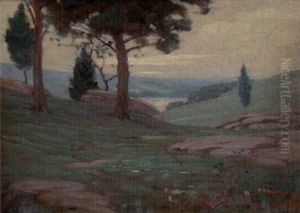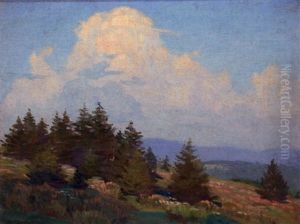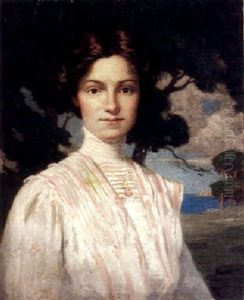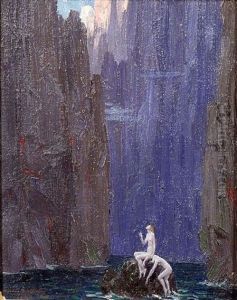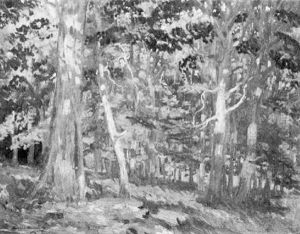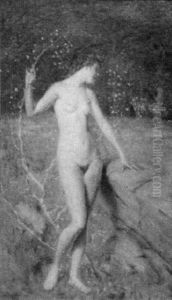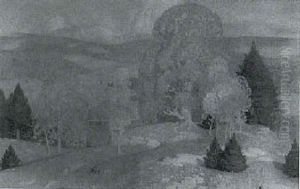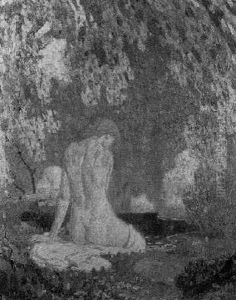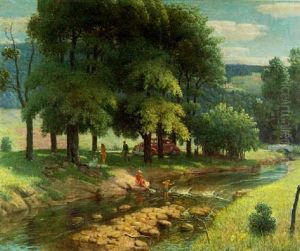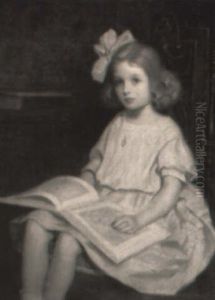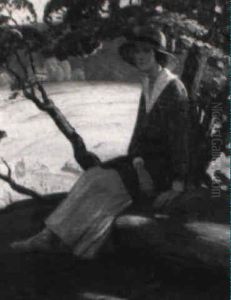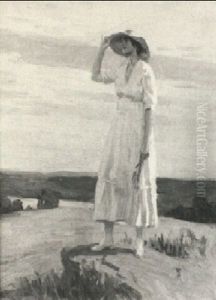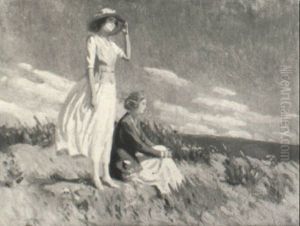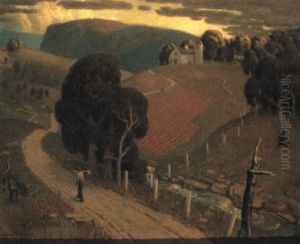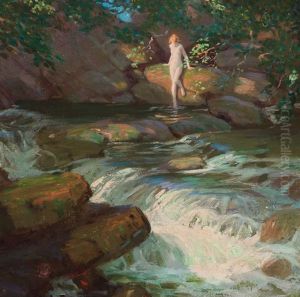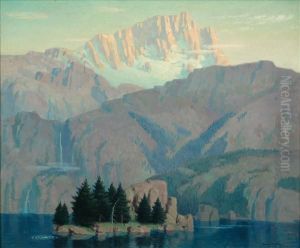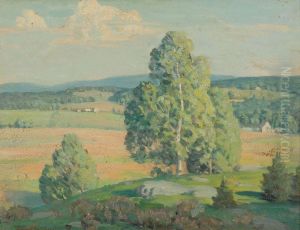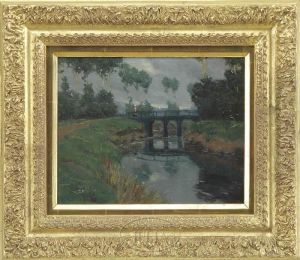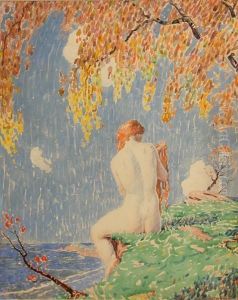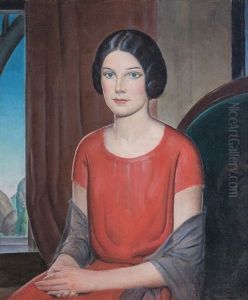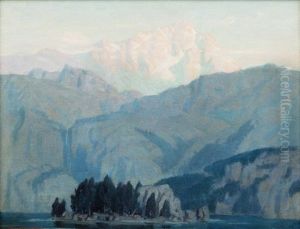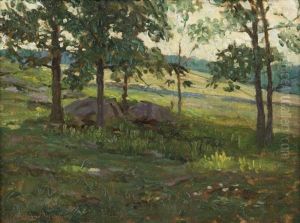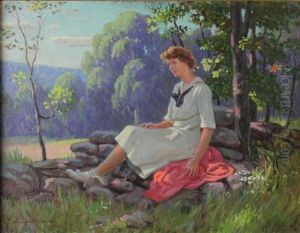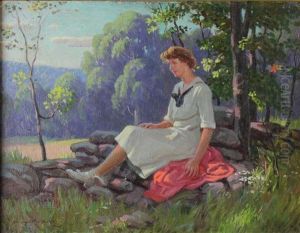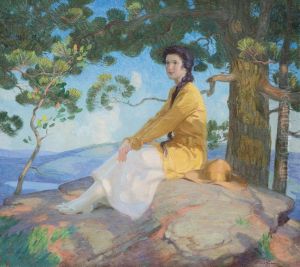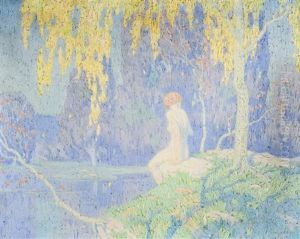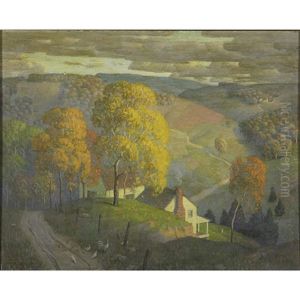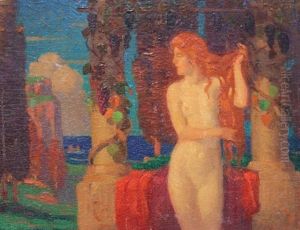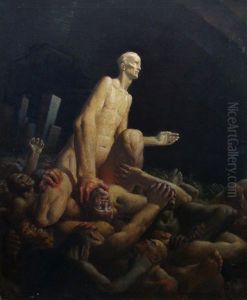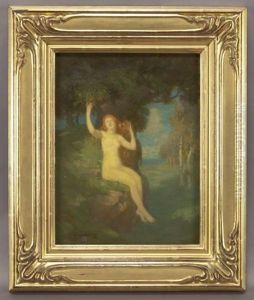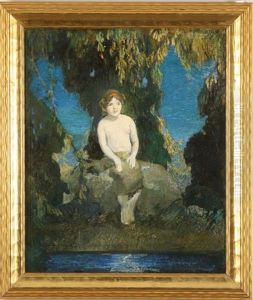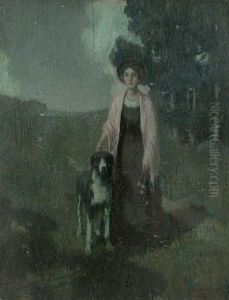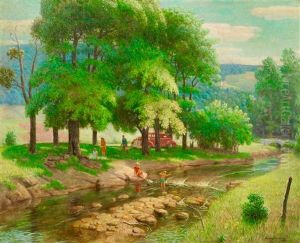Norwood Hodge Macgilvary Paintings
Norwood Hodge MacGilvary was an American painter known for his contribution to the landscape and figurative painting during the late 19th and early 20th centuries. Born on June 9, 1874, in Bangkok, Thailand, to Scottish-American parents, MacGilvary spent his early years in Southeast Asia before his family returned to the United States, settling in San Francisco. His unique upbringing in Thailand provided him with a distinctive perspective on light and color, which later influenced his artistic style.
MacGilvary pursued his artistic education at the Mark Hopkins Institute of Art in San Francisco, where he was influenced by Arthur Mathews and the Tonalist movement, which emphasized mood and atmosphere in painting. Seeking further education, he later moved to Paris to study at the Académie Julian under Jean-Paul Laurens, absorbing the academic traditions and the emerging trends of Post-Impressionism. His time in Europe was transformative, exposing him to the avant-garde movements that would shape his later work.
Upon returning to the United States, MacGilvary settled in the East Coast, where he became an integral part of the American art scene. He taught at the Carnegie Institute of Technology in Pittsburgh (now Carnegie Mellon University) for many years, where he influenced a generation of artists with his emphasis on color and form. His teaching career was marked by a progressive approach to art education, encouraging students to explore their individuality within the broader context of American and European art traditions.
MacGilvary's artwork during this period evolved to reflect a synthesis of his influences, incorporating the tonal subtleties learned from his early years, the structural compositions of the European masters, and a distinctly American sensibility. His landscapes and figurative works are characterized by a serene, poetic quality, often exploring the spiritual connection between nature and humanity. He was a member of various artistic societies, including the National Academy of Design, and his work was exhibited widely during his lifetime, earning him both national and international acclaim.
Norwood Hodge MacGilvary's legacy is that of an artist who bridged the gap between the traditional and the modern, blending the aesthetic sensibilities of East and West, and the academic with the avant-garde. He passed away on January 17, 1949, in Pittsburgh, Pennsylvania, but left behind a body of work that continues to be celebrated for its unique vision and enduring beauty.
